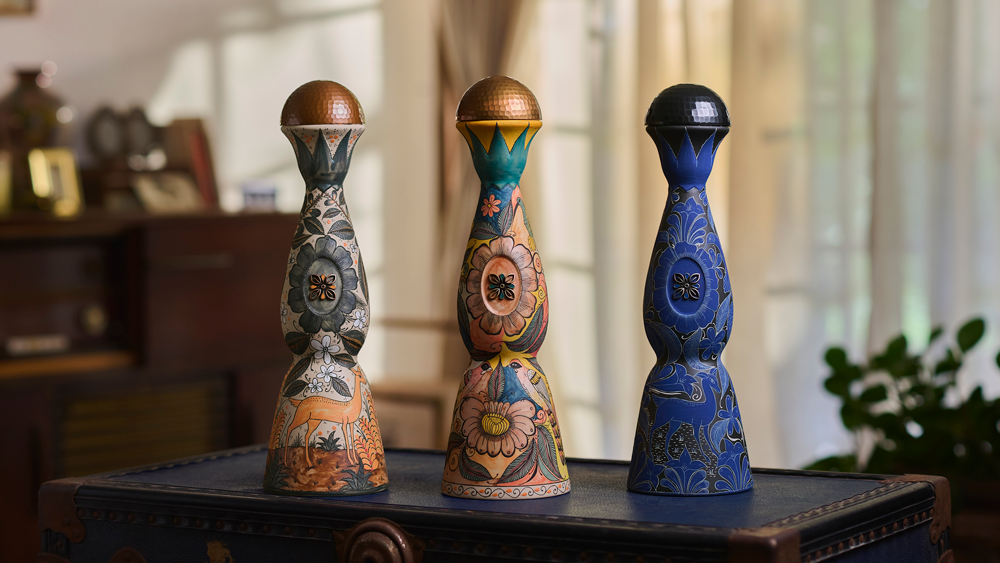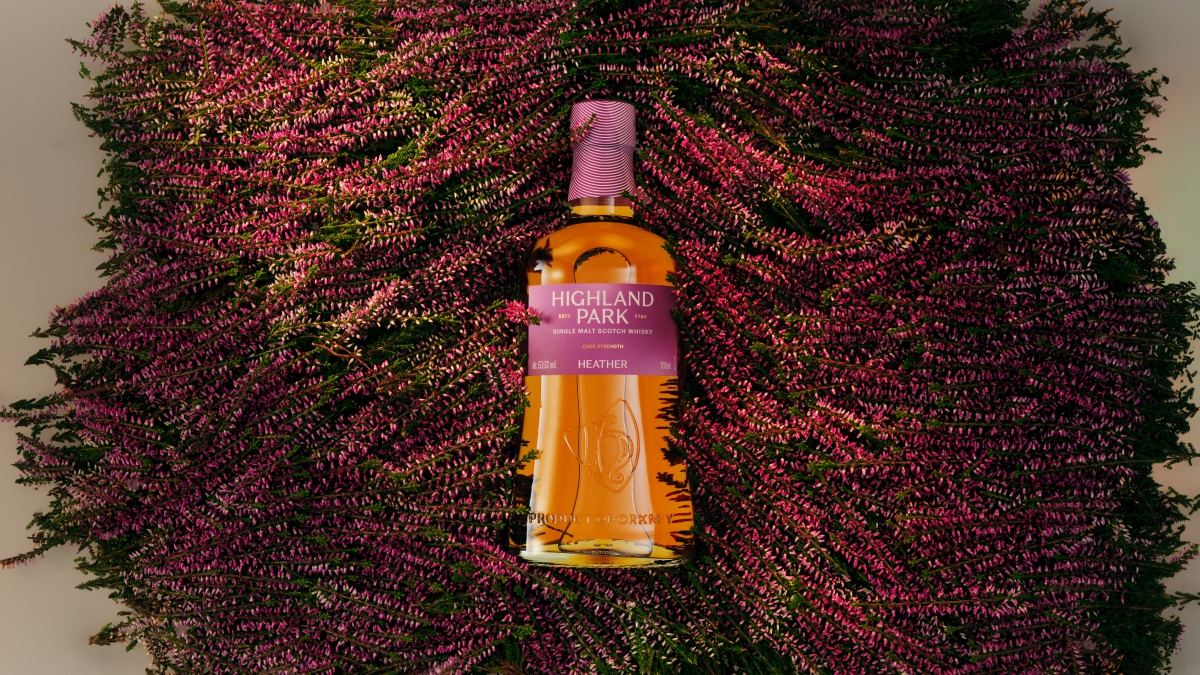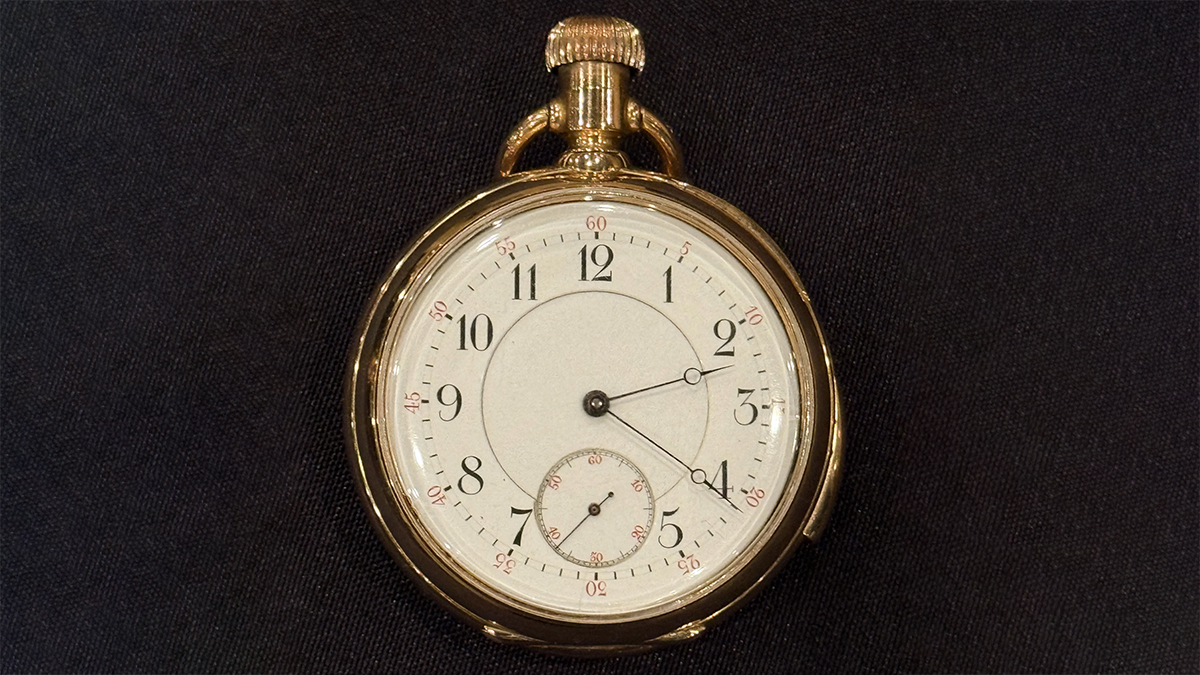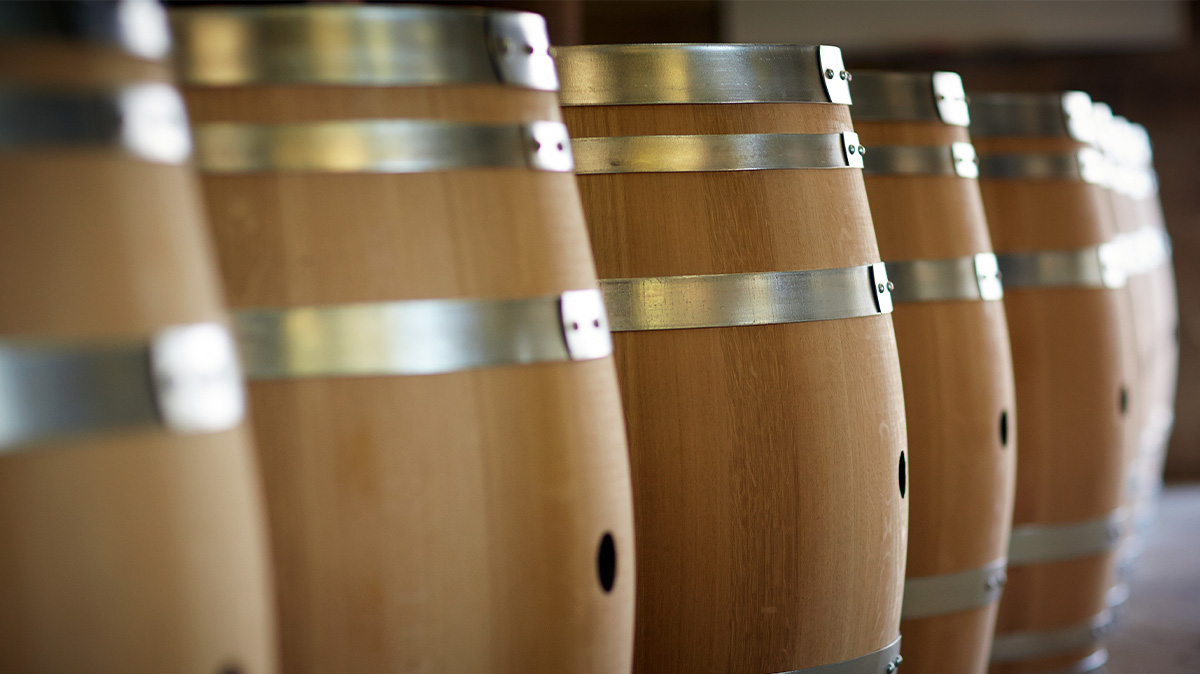Here’s what we took away from this year’s event. Here’s what we took away from this year’s event.
Автор: karymsakov_qq4zn395
-

‘Call of Duty’ Creator Dave Anthony’s Custom Bel Air Mansion Just Sold for $22 Million
The video game mogul bought the 1940s property in 2010 for $3.5 million and then gave it a 21st-century overhaul. The video game mogul bought the 1940s property in 2010 for $3.5 million and then gave it a 21st-century overhaul.
-

CELEBRATE THE HOLIDAYS WITH CLASE AZUL MEXICO
For gifting and celebrating, add a taste of Jalisco’s finest export to your seasonal festivities. For gifting and celebrating, add a taste of Jalisco’s finest export to your seasonal festivities.
-

Thieves Just Stole Coveted Bottles of Domaine de la Romanée-Conti From a Restaurant in Virginia
L’Auberge Provençale has been able to recover a couple of these extremely valuable bottles of wine. L’Auberge Provençale has been able to recover a couple of these extremely valuable bottles of wine.
-

Maluma’s ‘Coco Loco’ Music Video Was Filmed in This $2.5 Million Miami Condo
The Colombian superstar sings passionately about the overwhelming feelings of infatuation and desire from the apartment’s sun-splashed living room and terrace. The Colombian superstar sings passionately about the overwhelming feelings of infatuation and desire from the apartment’s sun-splashed living room and terrace.
-

The Very First BMW M Car Is Now up for Grabs
The 1972 3.0 CSL works car was a development car intended to help get results on the track. The 1972 3.0 CSL works car was a development car intended to help get results on the track.
-

Highland Park Just Dropped an Excellent New Cask-Strength Whisky
This is the sixth cask-strength single malt from Highland Park, and it’s got a brand-new design. This is the sixth cask-strength single malt from Highland Park, and it’s got a brand-new design.
-

Formula 1 Rookie Kimi Antonelli Was Beating the Odds Long Before His Podium Finish in Las Vegas
The 19-year-old racer for Mercedes-AMG Petronas recently gave us the download on his season so far. The 19-year-old racer for Mercedes-AMG Petronas recently gave us the download on his season so far.
-

A Gold Pocket Watch Recovered From the ‘Titanic’ Just Sold for a Record $2.3 Million
The Jules Jurgensen timepiece belonged to wealthy American businessman Isidor Straus, who died with his wife, Ida, in the sinking of the ocean liner. The Jules Jurgensen timepiece belonged to wealthy American businessman Isidor Straus, who died with his wife, Ida, in the sinking of the ocean liner.
-

How Oak Affects the Flavor of Wine
Understanding the difference between French and American barrels can help point you toward bottles you’ll enjoy. Understanding the difference between French and American barrels can help point you toward bottles you’ll enjoy.
